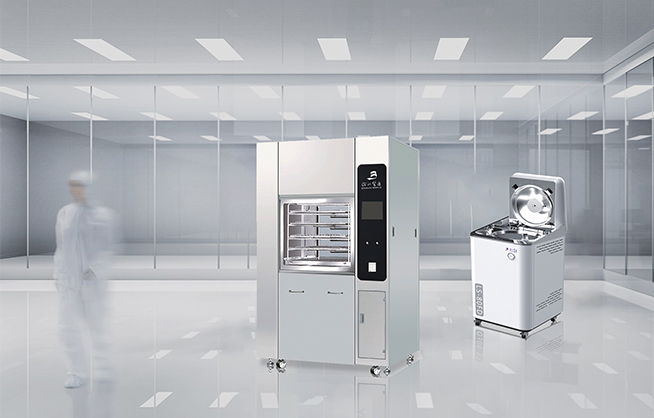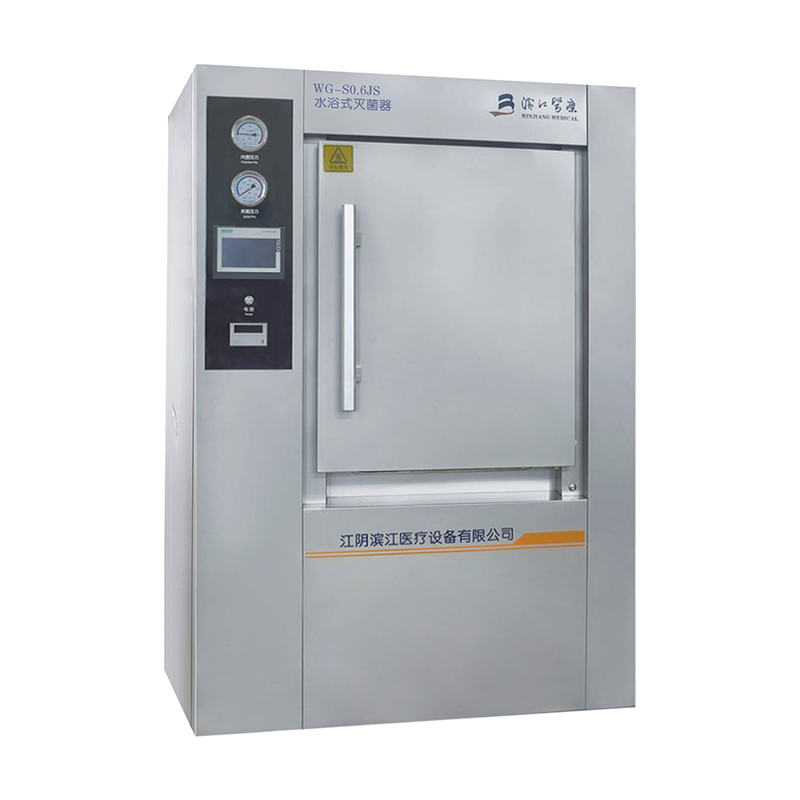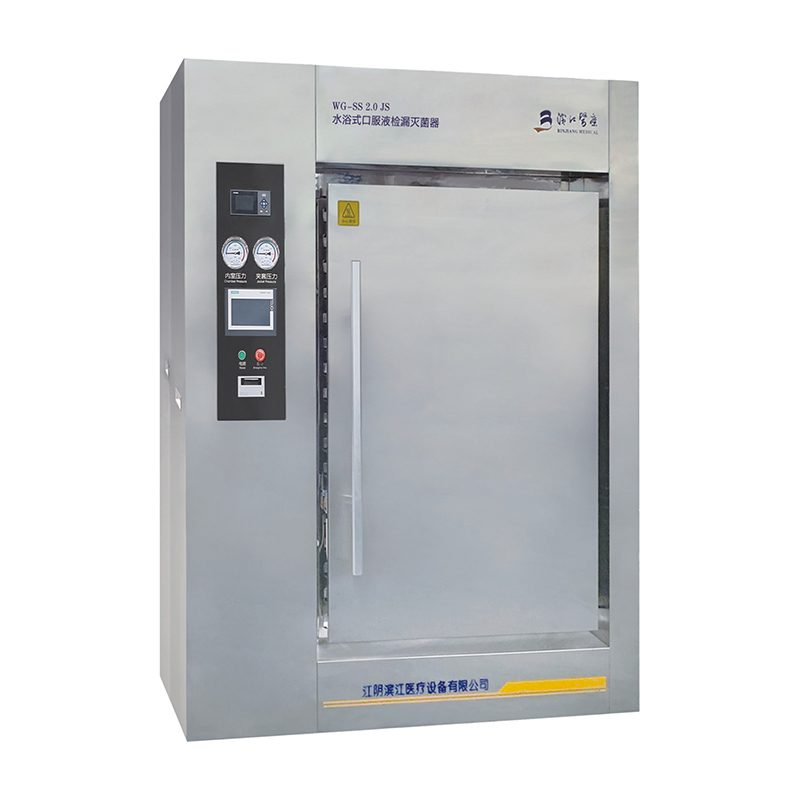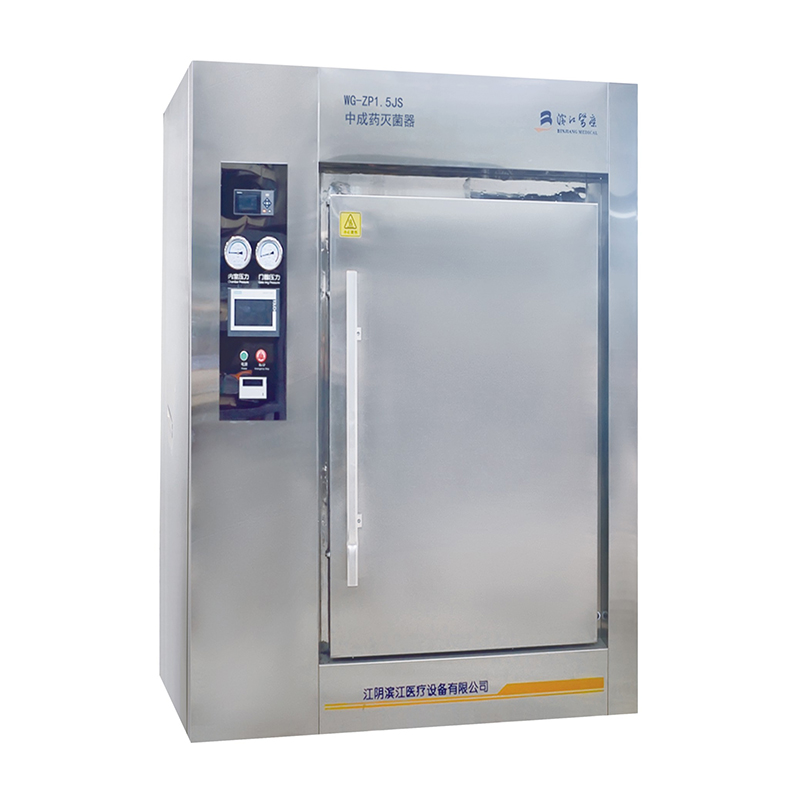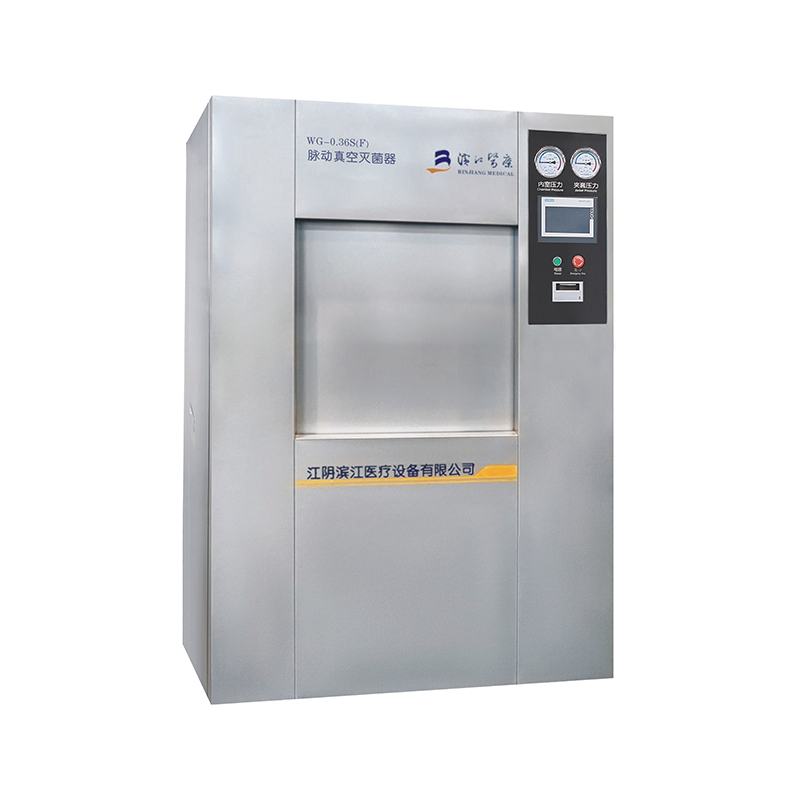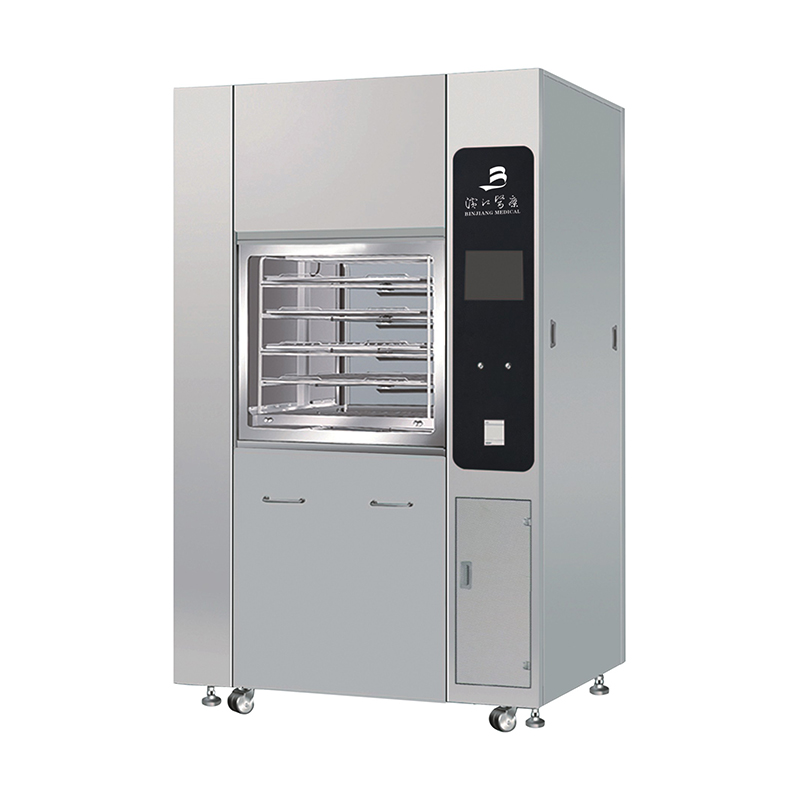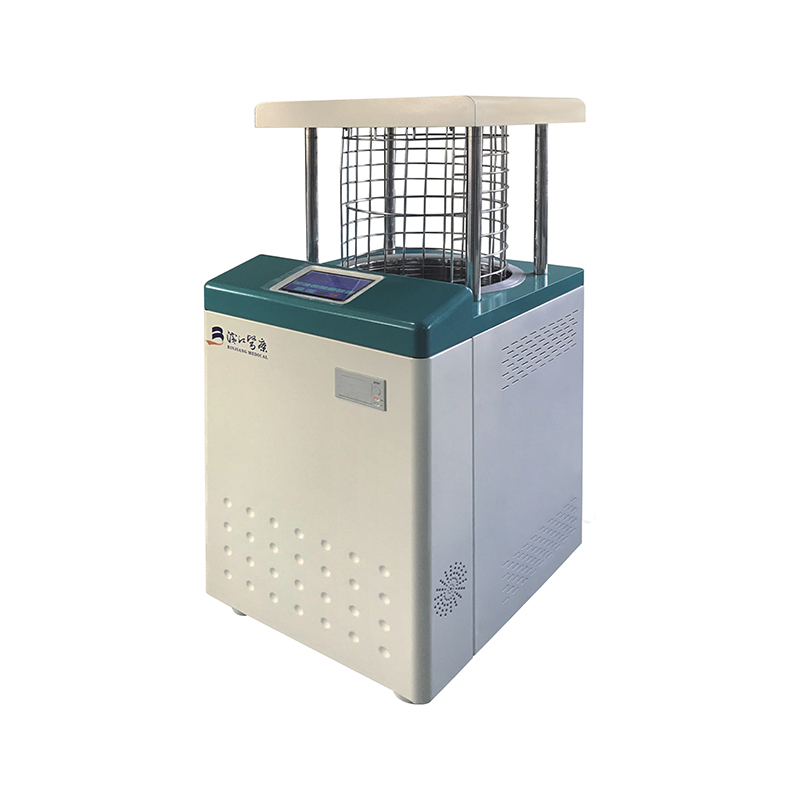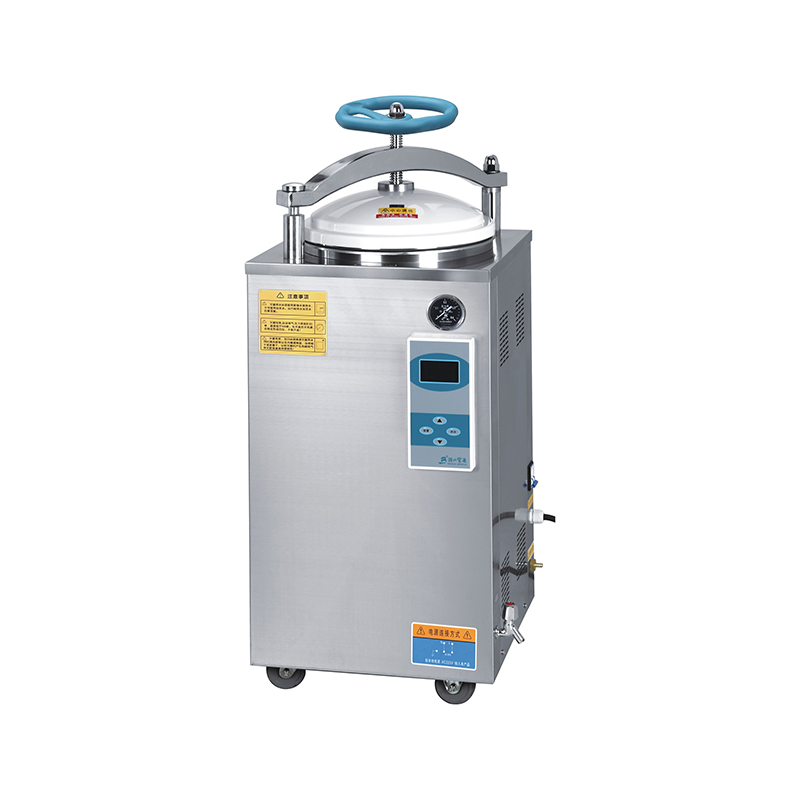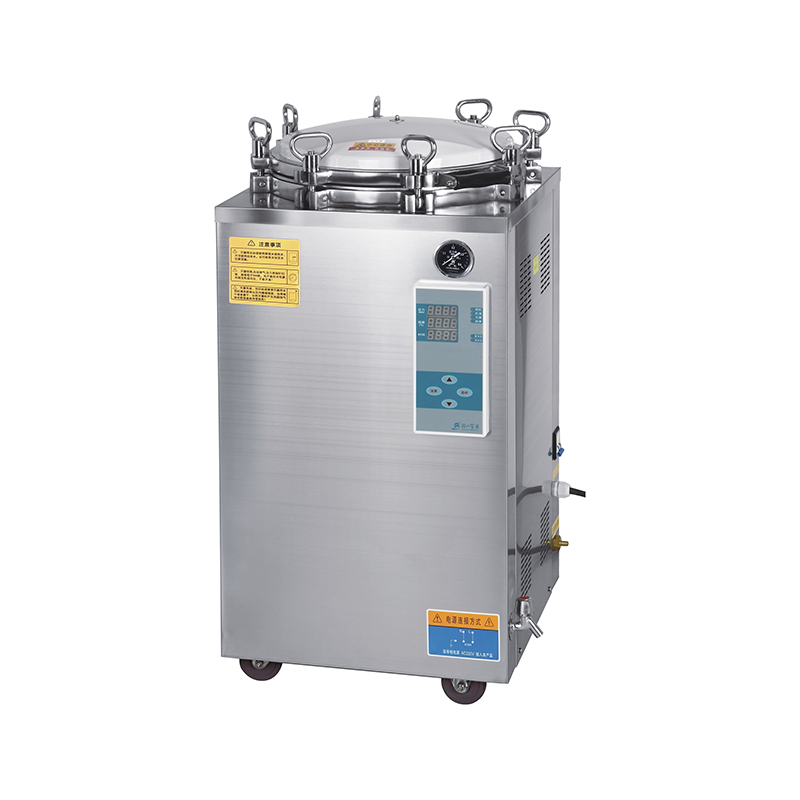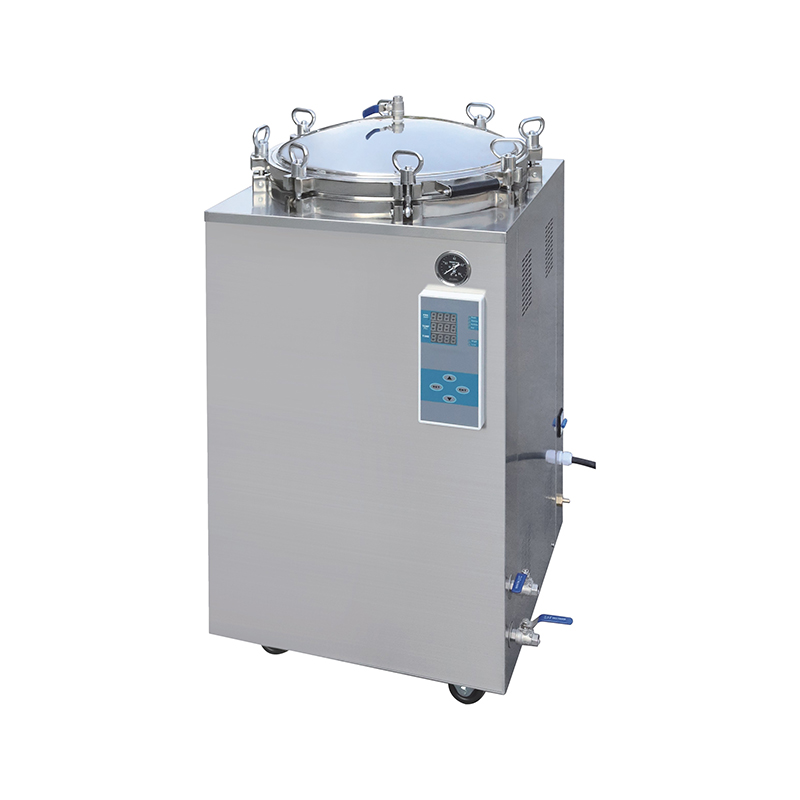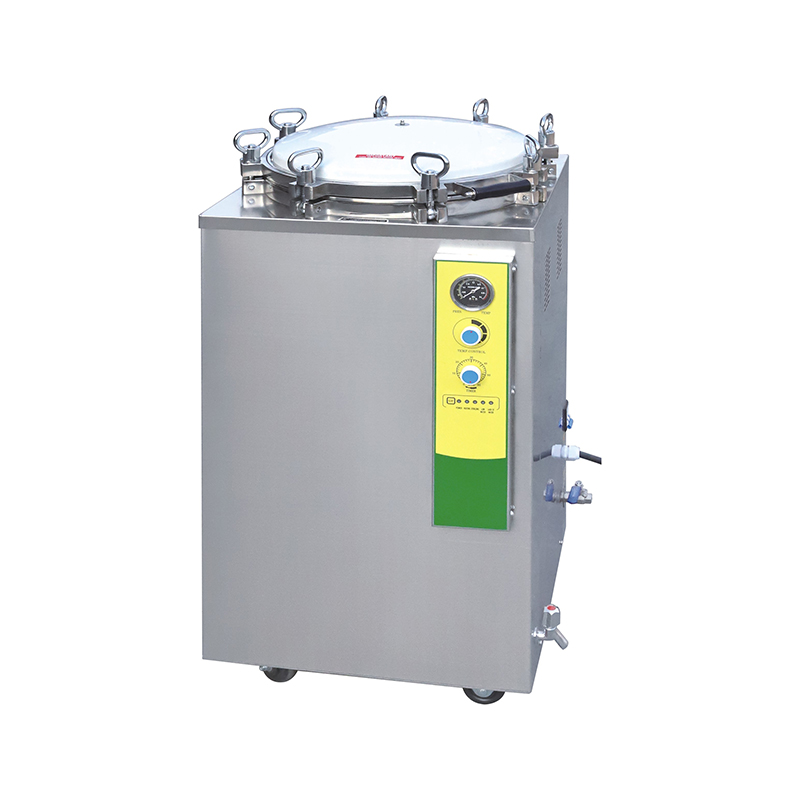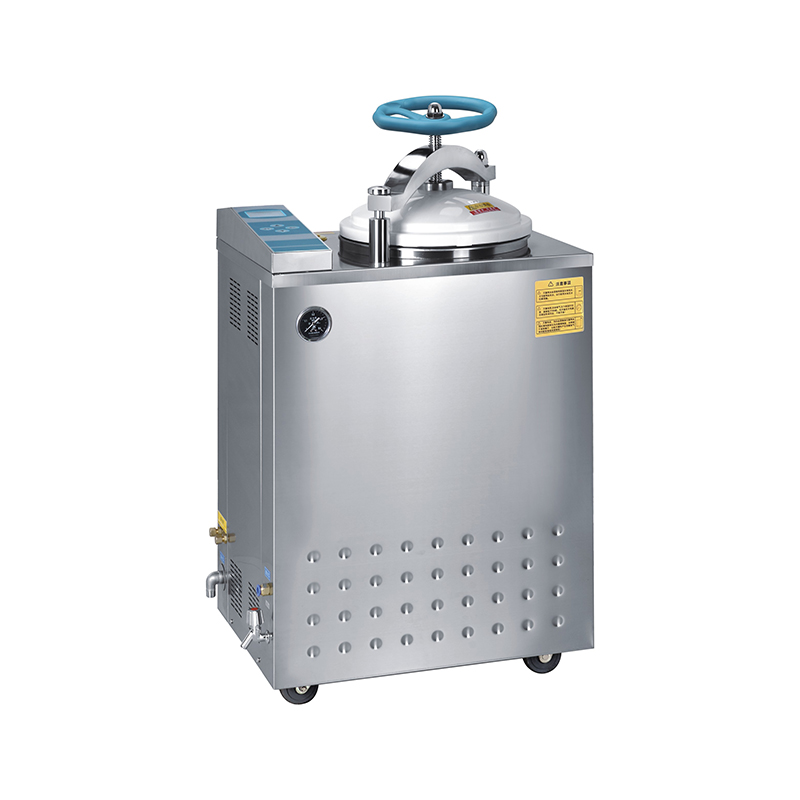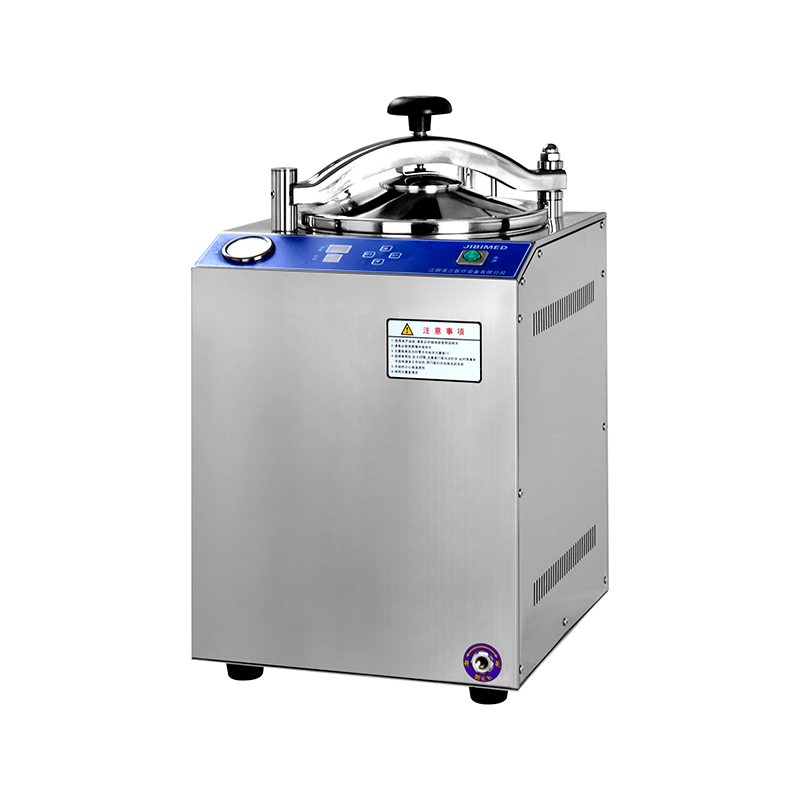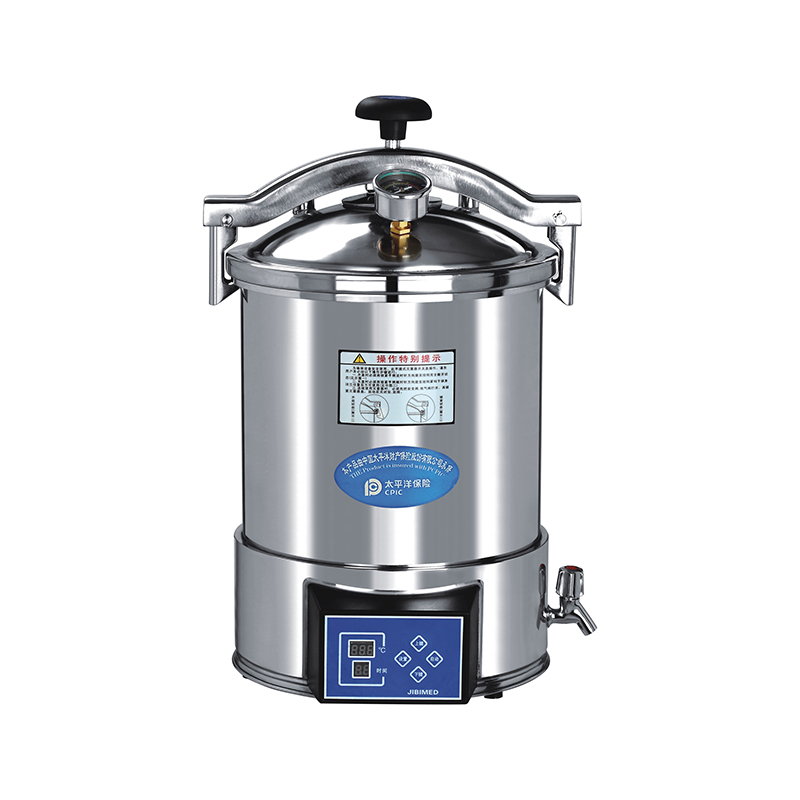Product Search
Exit Menu

Understanding the Sterilization Cycle Duration in Table Top Pulse Vacuum Steam Sterilizers
Posted by Admin | 18 Nov
A Table Top Pulse Vacuum Steam Sterilizer for your clinic, laboratory, or research facility, one of the most common questions is, "How long does a typical sterilization cycle take, and does it vary based on the load or type of items being sterilized?" This question is crucial for professionals who rely on the sterilizer's efficiency to maintain a steady workflow while ensuring the highest levels of hygiene. To answer this, it's important to understand how the sterilizer works, what factors influence its cycle time, and how to optimize its use in different settings.
A typical sterilization cycle in a Table Top Pulse Vacuum Steam Sterilizer usually takes between 30 to 60 minutes. However, this duration can vary depending on several factors, including the type of items being sterilized, their size and material composition, as well as the level of contamination. The pulse vacuum system enhances steam penetration by creating a vacuum that removes air from the chamber before introducing steam. This step ensures that steam reaches every surface of the items being sterilized, even those with intricate shapes or dense materials. Because of this additional step, sterilization can be achieved more thoroughly and efficiently, but it may take slightly longer than traditional methods that don’t use a vacuum pulse.
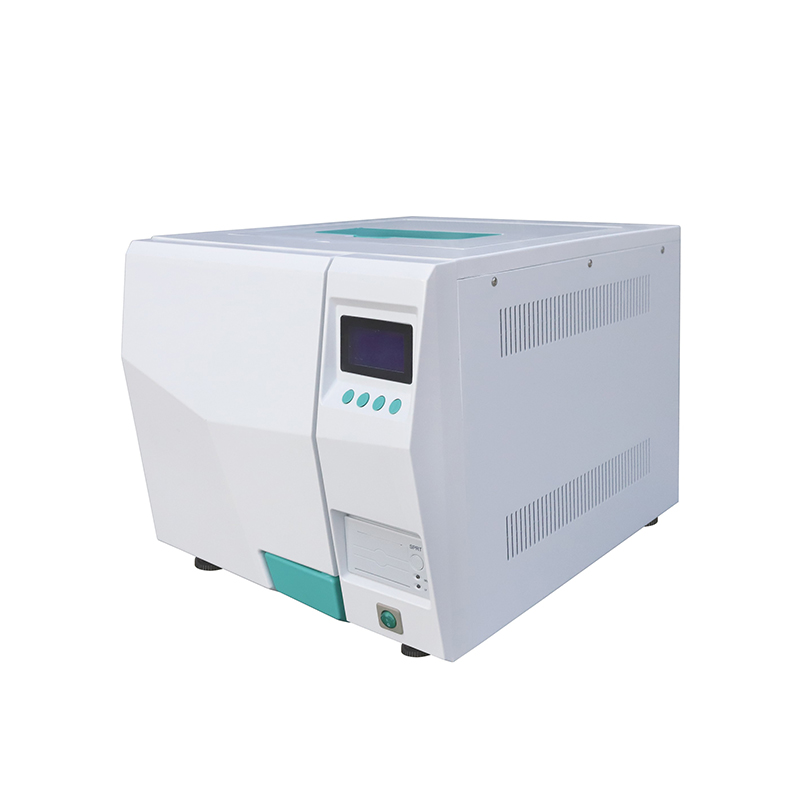
The type of items being sterilized plays a significant role in determining the cycle time. For instance, surgical instruments or dental tools, which are often made from stainless steel or other metal materials, may require a slightly longer cycle time to ensure complete sterilization. Glassware and certain types of plastic may take less time since these materials can more readily absorb heat and steam. In contrast, items with porous surfaces, such as biological dressings or culture media, may require a longer cycle to ensure that the steam penetrates deeply into every layer. The volume of items also influences the cycle duration. A large load of instruments, even if they are of the same type, may take longer to sterilize than a smaller batch due to the time required for the chamber to reach the desired temperature and pressure.
Other factors that can influence the cycle duration include the sterilizer's settings, which can often be customized based on the type of sterilization required. For example, items that are particularly sensitive to heat, such as some medical devices or certain types of plastic, may require a lower temperature or shorter cycle to avoid damage. The sterilizer’s advanced control system typically allows for adjustments to be made based on the specific requirements of the items being processed. Some models come with pre-set cycles for commonly sterilized items, allowing users to easily select the appropriate settings for a quicker process without sacrificing the quality of sterilization.
While the average cycle time is typically around 30 to 60 minutes, it is essential to note that this can be influenced by the sterilizer’s load capacity and the level of automation. Some Table Top Pulse Vacuum Steam Sterilizers are designed with quick-cycle options that significantly reduce the sterilization time for less complex loads, allowing for faster turnover. These settings can be particularly useful in high-demand environments, such as dental clinics or hospitals, where efficiency and time management are crucial. The automatic control features of these sterilizers further ensure that the cycle duration is optimal for each load, eliminating the guesswork and reducing the risk of errors that could compromise sterilization.
The time it takes for a Table Top Pulse Vacuum Steam Sterilizer to complete its sterilization cycle depends on various factors, including the nature and load of the items being sterilized. Typically, sterilization cycles range from 30 to 60 minutes, with potential adjustments based on the specific requirements of the items. The pulse vacuum technology enhances efficiency, but it’s the combination of factors like material type, item size, and load volume that will ultimately determine how long the process takes. Understanding these variables can help professionals optimize their use of the sterilizer and ensure reliable and effective sterilization in their clinical or research settings.
MAIL US
CONTACT US
+86-510-86296768
 Privacy
Privacy
The information provided on this website is intended for use only in countries and jurisdictions outside of the People's Republic of China.
 Wholesal Pressure Steam Sterilizer Manufacturers
Wholesal Pressure Steam Sterilizer Manufacturers
 Privacy
Privacy


 English
English русский
русский Français
Français Español
Español bahasa Indonesia
bahasa Indonesia Deutsch
Deutsch عربى
عربى 中文简体
中文简体
